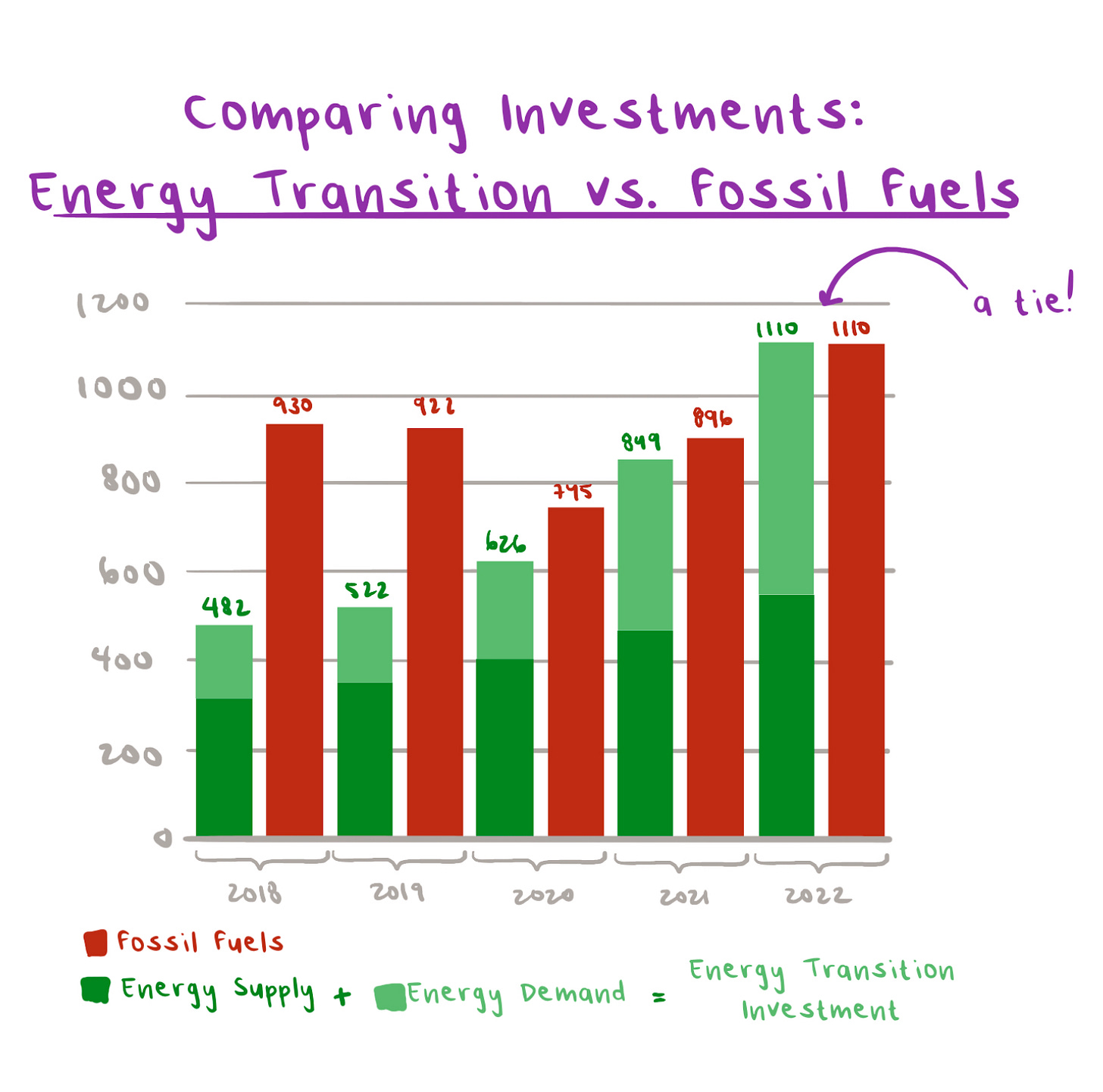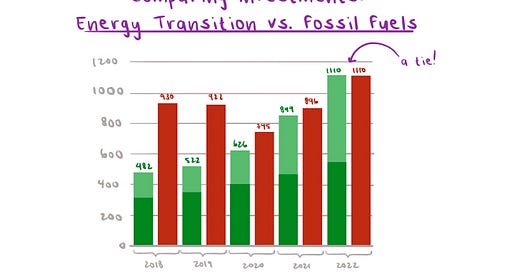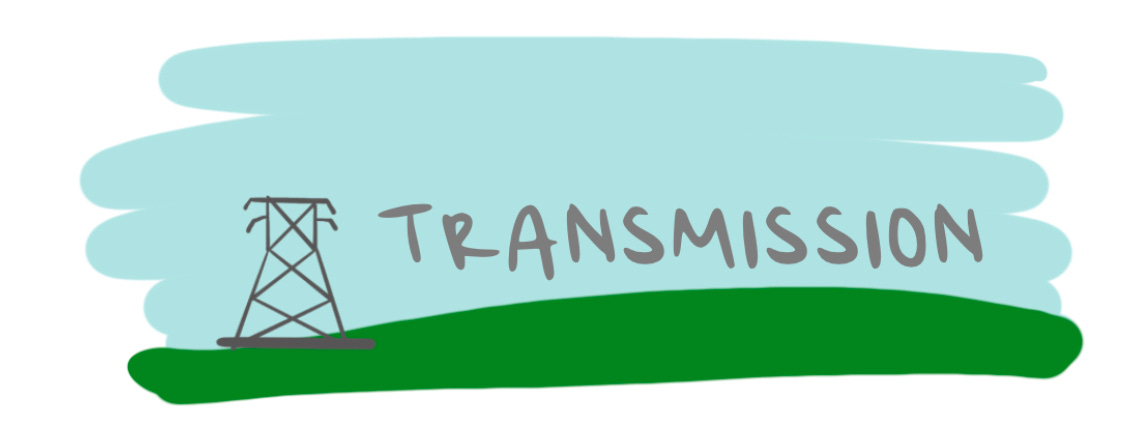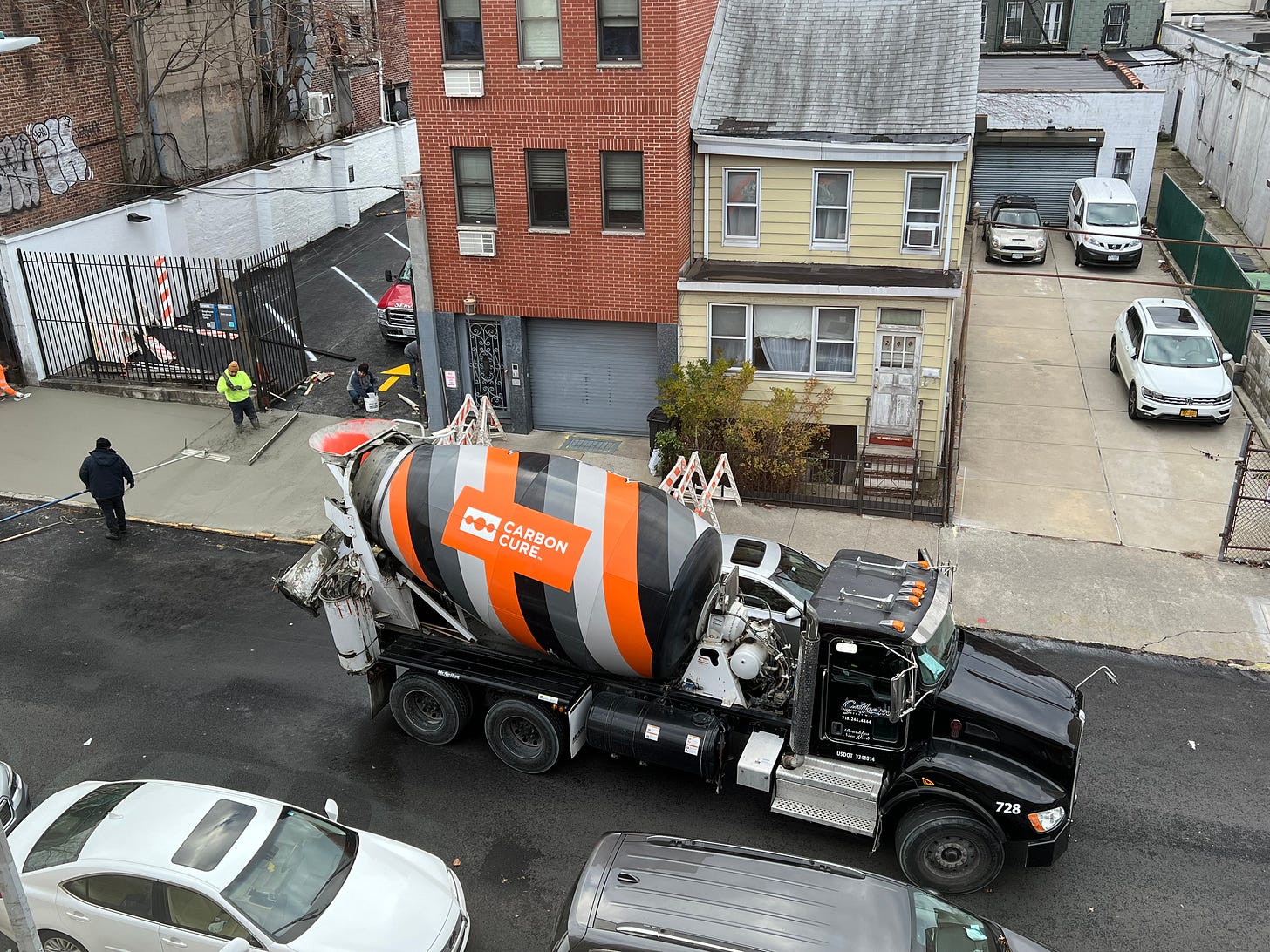Today we want to take a moment to go back in history — all the way back to how we first came to use electricity in our homes and businesses! We often recognize Thomas Edison for the innovations of the industrial revolution, but it was African-American inventor Lewis Latimer, who deserves much of the credit. Latimer was an electrical pioneer, a son of two formerly enslaved Virginians who taught himself mechanical drawing and eventually became a chief draftsman, patent expert, and inventor.
Latimer created a way to make carbon filament in light bulbs more durable by encasing it in a cardboard, and went on to patent the process for efficient manufacturing and commercialization in 1882. He made widespread use of electric light practical and affordable for the general public — and even supervised the installation of public electric lights across New York, Philadelphia, Montreal, and London! In honor of Black History Month, let us recognize the heroes who brought the gift of light to the masses — and may there be many more rockstar inventors who bring us the next generation of sustainable and affordable technologies as we enter the Age of Climate Industrialism!
Fast forward 140 years and we’ve gone from efficient light bulbs to efficient energy systems writ large! We’re now at Trillion with a T! Yes, you read that right. Global spending on clean energy technologies topped $1.1 trillion in 2022 — a fact that was celebrated at the Bloomberg New Energy Finance Summit in San Francisco this week. We’re now neck and neck with annual spending in the fossil fuels ecosystem — here’s to surpassing that number in 2023!

The clean energy transition is two sides of the same coin: 1) energy supply, which has traditionally focused on the development of renewable energy like wind and solar and is starting to expand to sources like nuclear and hydrogen, and 2) energy demand, which will increase substantially as we aim to “electrify everything” from transportation to heating systems to our built environment. In the US, companies large and small are taking advantage of IRA subsidies and tax credits, and our friends across the pond in Europe are cooking up their own scheme so as not to be left behind in the race to be the climate innovation capital of the world. The race is just getting started — we need $9.2 trillion annually if we are to get to net zero by 2050. Let’s get to it!
Ok, on to our favorite climate news from the last two weeks!
Wind energy: we’re big fans (one of our favorite puns, very much so intended!). According to the International Energy Association, electricity generated by wind increased by 273 Wh in 2021, up 17% and the largest growth of all power generation technologies. China was responsible for 70% of that growth, followed by the US at 14% and Brazil at 7%. But there’s even bigger news: we need to have about 7900 TWh of wind power generation by 2030 to achieve future net zero goals — this calls for 18% expansion per year for the next decade. The good news: countries around the world are on it!
New York has announced some of America’s most ambitious plans to build offshore wind capacity, and GE is answering the call! The company hopes to build factories to manufacture blades and nacelles for the structures, contingent on it winning a sufficient volume of wind turbine orders for the state’s 4.6GW of development. If built, the facilities will create 870 direct, local jobs!
Two birds, one stone! Nucor has just debuted the world’s most sustainable steel for the offshore wind industry, manufacturing steel plates with 90% recycled content at the company’s new $1.7 billion steel mill in Brandenburg, Kentucky.
Air Products and AES are partnering to build the US’ first large-scale facility to create clean hydrogen from water. The process requires an enormous amount of energy, and for that Texas is king. The developers will build a 900 MW wind farm, the state’s largest, to help produce 200,000 kilograms of hydrogen per day, enough fuel to meet 0.1% of daily U.S. diesel demand.
Japan’s first commercial scale offshore wind farm is up and off to the races! With 33 turbines turning off the coast of Akita Port, the 140 MW project led by the Akita Offshore Wind Corporation consortium is a model for future projects across Japan.
Water is the source of life, arguably the most important element in our ecosystem. It’s also a growing source of affordable, low-cost, ultra-efficient electricity. Hydropower plants at dams convert approximately 90% of energy in falling water into electrical energy, in contrast to fossil-fuel plants that lose more than 50% of their energy content as waste heat and gas. This renewable resource is also secure, as water from our rivers are not subject to the whims of foreign suppliers, transportation disruptions, or cost fluctuations. By adjusting the water levels flowing into and out of dams, hydropower can be turned on or off at the flick of a switch, and meets shifting demand complementing other renewable sources such as solar and wind while providing stable back-up sources. It’s literally how we can nurture nature.
There might be a silver lining to the atmospheric rivers that wreaked havoc across California last week. Reservoir levels at Shasta Lake, which produces hydroelectric power for the 15-state Western power grid, is 83% above average, with levels at nearby reservoirs up over 120%. This means that in an increasingly warmer California, the state can rely on hydropower during peak usage rather than firing up its natural gas generation.
In a sign of friendship across borders driven by the climate crisis, Bulgaria and Romania have come together to build two hydroelectric plants on the Danube River. Eventually, the goal is to build a joint artificial energy island in the Black Sea, facilitating growth in offshore wind and quickly decarbonizing both countries’ energy sectors.
As the US aims to reach a carbon-free electricity grid by 2035, the Department of Energy launched the Hydropower Operations Optimization (H2Os) Prize to encourage innovation in this sector. The three winners - HydroFlex, MST_power, and Vassar Labs are using modeling, optimization, and machine learning to improve water management needs across hydropower plants.
RWE has installed Germany’s first megabattery, a giant structure with 420 blocks of lithium ion that has a total capacity of 117MW. Why is it special? It’s got a virtual connection to RWE’s hydroelectric power plants along the Moselle River, which enables the company to regulate the flow rate of these plants and improves grid stabilization by 15%.
Once you have all that power, you gotta get it from point A to point B (think about all the nuclear, hydro, wind, and solar generation capacity in rural areas, and the energy needs of our dense urban metropolises). As US Vice President Kamala Harris said at a recent groundbreaking: “Today, America has more than half a million miles of transmission lines, enough to wrap around the globe 24 times…and that network is in desperate need of an upgrade.” That’s where innovation in new transmission technologies come into play!
India — one of the world’s largest consumers of energy — has budgeted $4.3 billion in the energy transition, a portion of which will be spent on bringing 13 GW of renewable energy from the sunny Himalayan region of Ladakh down to the capital of New Delhi (a city of 15 million people)
Just like US politics, the US grid is divided between the Eastern and Western regions (with Texas as the lone star state on its own… a story for another day). Allete and Grid United aim to make this divide more resilient by building a $2.5 billion, 385-mile high-voltage direct-current transmission line that can provide 3,000 MW of bi-directional capacity. For context, currently there are 7 high-voltage links that allow only 1,320 MW to move between regions (not enough as we electrify everything!).
The complexity of the US power grid means that we need to build separate infrastructure for alternating current (AC) and direct current (DC) — but converting between the two requires much more infrastructure. The Oak Ridge National Laboratory is out to solve that with an all-in-one package called MARS, which can achieve a 50% reduction in power loss and 16% improvement in voltage stability. A big deal!
Transmission infrastructure is a must-have in every country. Nowhere is that more apparent than Chile, where renewable power producers saw a loss of $131 million in potential earnings because they couldn’t find a transmission line to carry their energy to a consumption hub — to the tune of 1,400GWh of generation! The Chilean government is now implementing structural reforms to do something about that, starting with: you guessed it, permitting reform!!!
Also, an atypical piece of exciting climate news! Two days ago, Bloomberg released its new show: Getting Warmer with Kal Penn. The show follows Penn as he travels across the country learning about climate solutions, and meeting the people putting them to work. We're excited to watch it, and hope you will too!
Doom Diligence
Here are some select highlights from this week's additions to Doom Diligence! We're going to need industrial facilities and materials to build the technologies we need to respond to climate change. This week, our list focuses on ways to make those industrial processes cleaner for the communities those facilities live in!
For our (many!) new friends this week — Doom Diligence is our database of climate solutions, companies, nonprofits, and everything else we research for Parachute, all in one place. All paid subscribers have access! (The log-in is at the bottom of this piece, and updated monthly. Scroll down for February's password — our passwords are now themed around Lyn's favorite foods to keep things spicy)
🧂 Olokun Minerals — We had an amazing time last week chatting with our friend Lacey Reddix, the CEO and Founder of Olokun Minerals. Olokun is developing a new way to source the minerals we need for green technologies like batteries through brine mineral mining. This process starts with desalination, and then captures the salty brine that is produced in the process. Olokun aims to extract the mineral salts from this brine, which solves a lot of the environmental issues of desalination while creating both water and mineral supply streams.
⚙️ Revterra — Houston-based Revterra is developing a kinetic battery for energy storage. This means that they use a flywheel that converts electrical energy into kinetic energy through a spinning rotor. That kinetic energy can be converted back to electric energy when it's needed. They're focusing their first application on EV charging infrastructure. Their technology allows them to store energy at low power, and then discharge it it at high power — which means quicker charging times and more grid stability.
🏗 CarbonCure — The cement industry accounts for about 8% of global carbon emissions, but it may now play a role in carbon removal. CarbonCure is adding carbon dioxide into concrete, which effectively converts that carbon dioxide into stone. This not only permanently captures that carbon dioxide, but also creates the physical building materials we need for more climate-resilient cities! The best part: just this morning, they (in partnership with Heirloom) announced that they used carbon captured from the atmosphere to create concrete that will be used in construction projects around the US!
🔥 Antora Energy — Antora is converting renewable energy into industrial heat! Normally, we'd try to break their technology down into simple terms, but we think their team did it best: "Antora’s thermal energy storage soaks up excess solar and wind electricity and uses it to heat blocks of carbon so they glow like inside a toaster. This thermal energy is then delivered to customers as electricity or industrial process heat up to 1500°C, on demand."
🌊 Floodbase — Floodbase doesn't exactly fit this week's theme, but they had some big news with their $12M Series A fundraise. They've created a data platform that provides near-real time flood data. The important application here is in the design, monitoring, and triggering of parametric flood insurance — this is insurance that is triggered by measuring the magnitude of a flood, rather than the cost of the losses it causes. This can speed up our ability to respond to disasters by providing faster payouts, and could help cover losses that are difficult to measure.
Location Check: Anson and Lyn are on the final leg of their research trip! They're headed to New Orleans, LA after spending the last few days enjoying the Texas freeze in Austin and Houston. Sonam is staying put in New York, sharing the Parachute gospel in climate adaptation and engineering classes at Columbia, NYU, and CUNY!
Paid subscribers, your Doom Diligence access is down here!
Keep reading with a 7-day free trial
Subscribe to Parachute to keep reading this post and get 7 days of free access to the full post archives.










